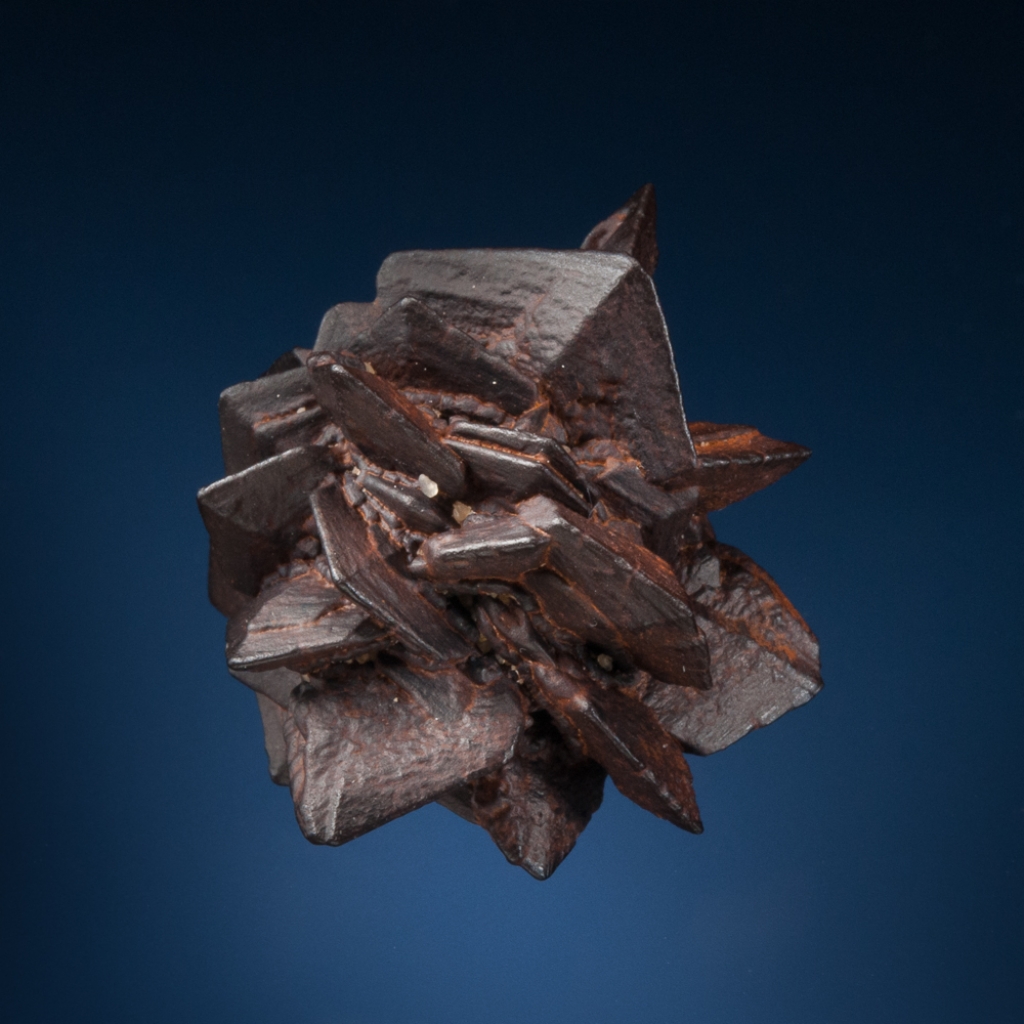Description
Detailed Description
This goethite pseudomorph after marcasite is a thumbnail-sized ball of very sharp and well-defined marcasite crystal forms.The crystals are dark brown with a slight metallic sheen. In excellent condition – a couple of tips show minor wear with magnification, but this is not human-induced damage, they are rounded and occurred sometime in the specimen’s past history. Beautiful overall form – a sweet specimen.
Browse More White Desert Pseudomorphs
About These White Desert Pseudomorphs
This locality has been known for a number of years and pseudomorph specimens have come out once in a while. The pseudomorphs occur within the Cretaceous Khoman Chalk, from which the White Desert derives its name. Most crystals have typically been fairly indistinct, and to date sharp specimens have been uncommon. These specimens are remarkable for their relatively sharp marcasite crystal forms in aesthetic crystal clusters.
Over the years, these pseudomorphs have been variously labeled hematite, goethite and limonite (the latter no longer a valid mineral species name, but is a term still used in reference to unidentified iron hydroxides, so its use has not been incorrect). Recent work by Hannah Allen at Hamilton College has confirmed that the White Desert pseudomorphs are predominantly goethite. The small white grains lodged in among the crystal blades are barite, calcite and gypsum. (Allen, Hannah M., Pseudomorphed Mineral Aggregates of the Khoman Chalk, Western Desert, Egypt, Geological Society of America Abstracts with Programs. Vol. 46, No. 2, p.66 (2014)).
Although pseudomorphs after cubic and cuboctahedral pyrite crystals have also been found in the Khoman Chalk, the pseudomorphs after marcasite are more dramatic. These pseudomorphs are excellent specimens featuring beautiful marcasite crystal morphology, showing habits and forms exhibited by the crystallized marcasite specimens from the famous occurrences at Cap-Blanc-Nez, Pas-de-Calais, France.


